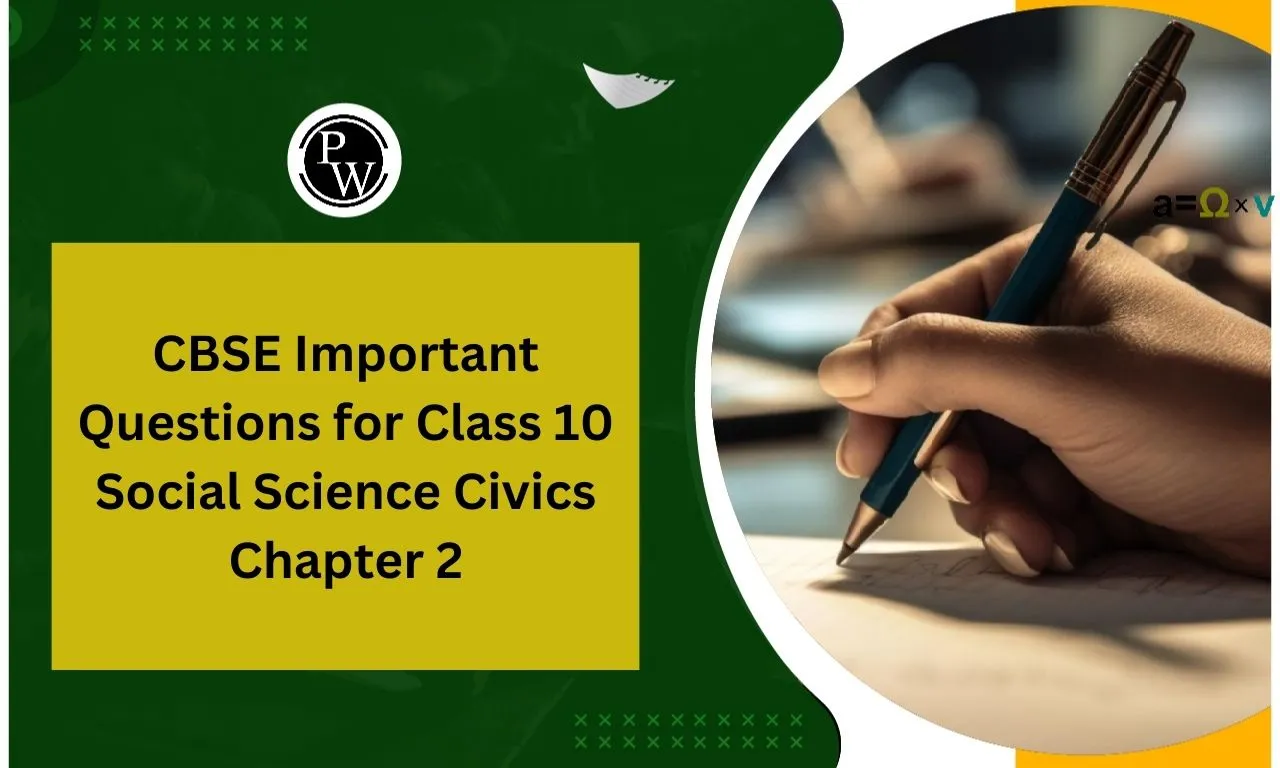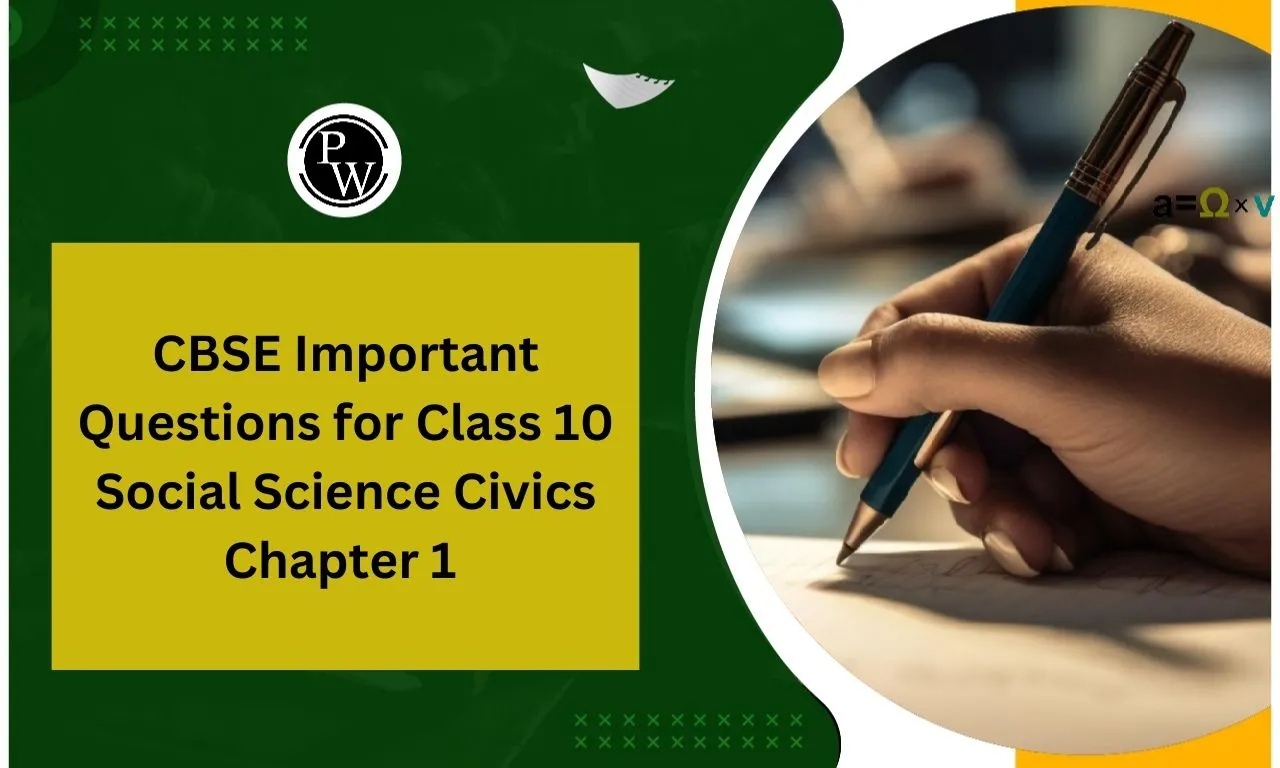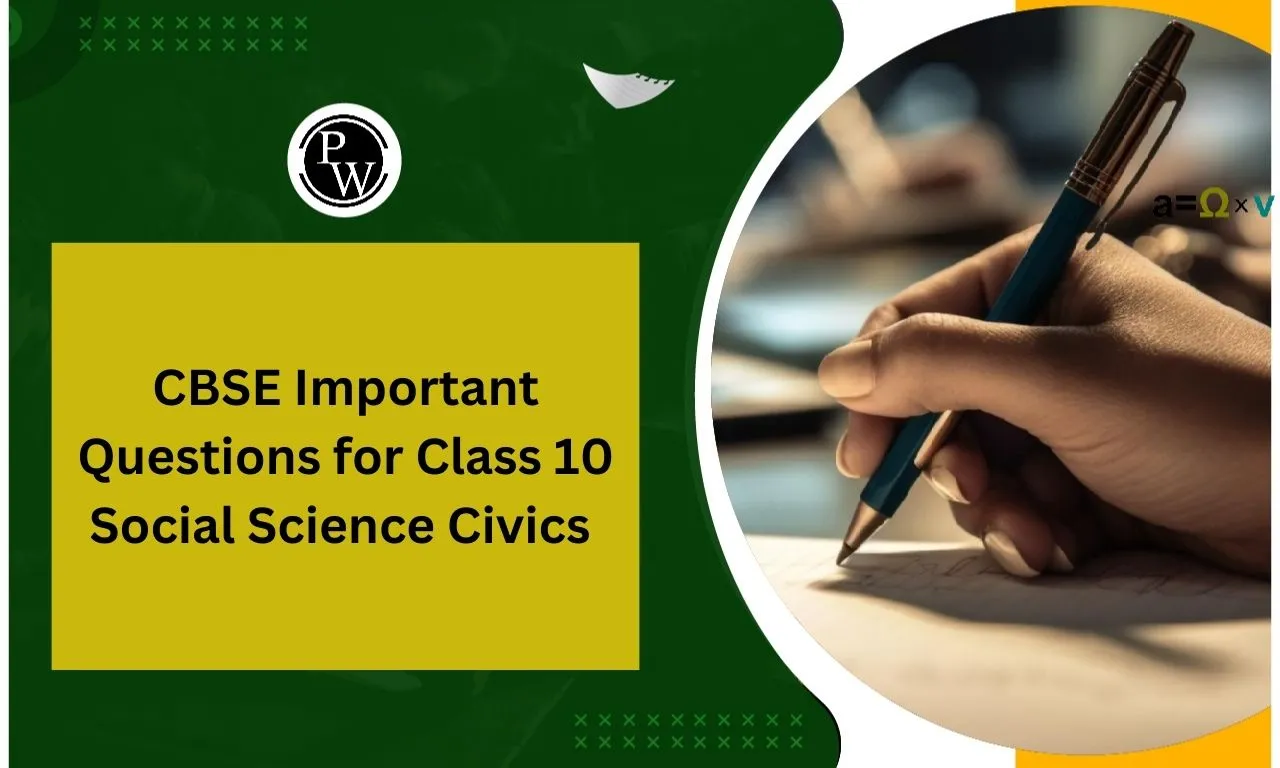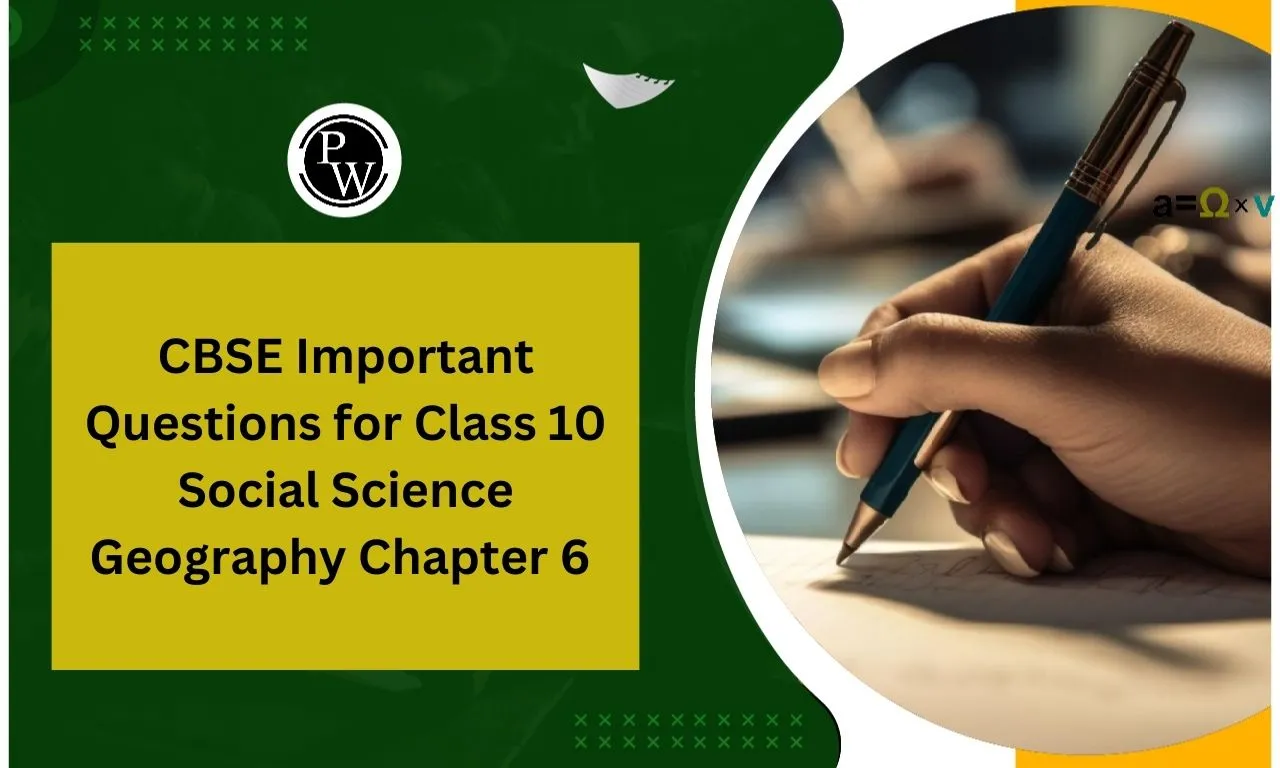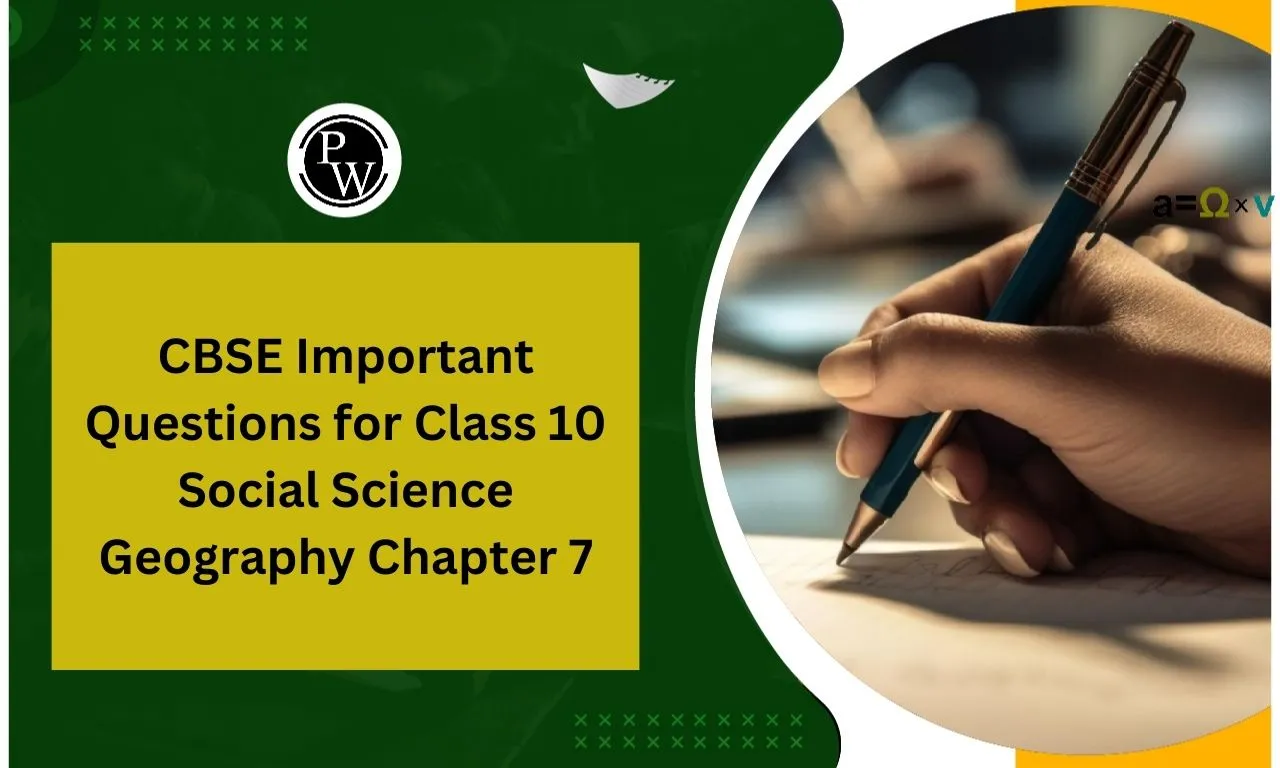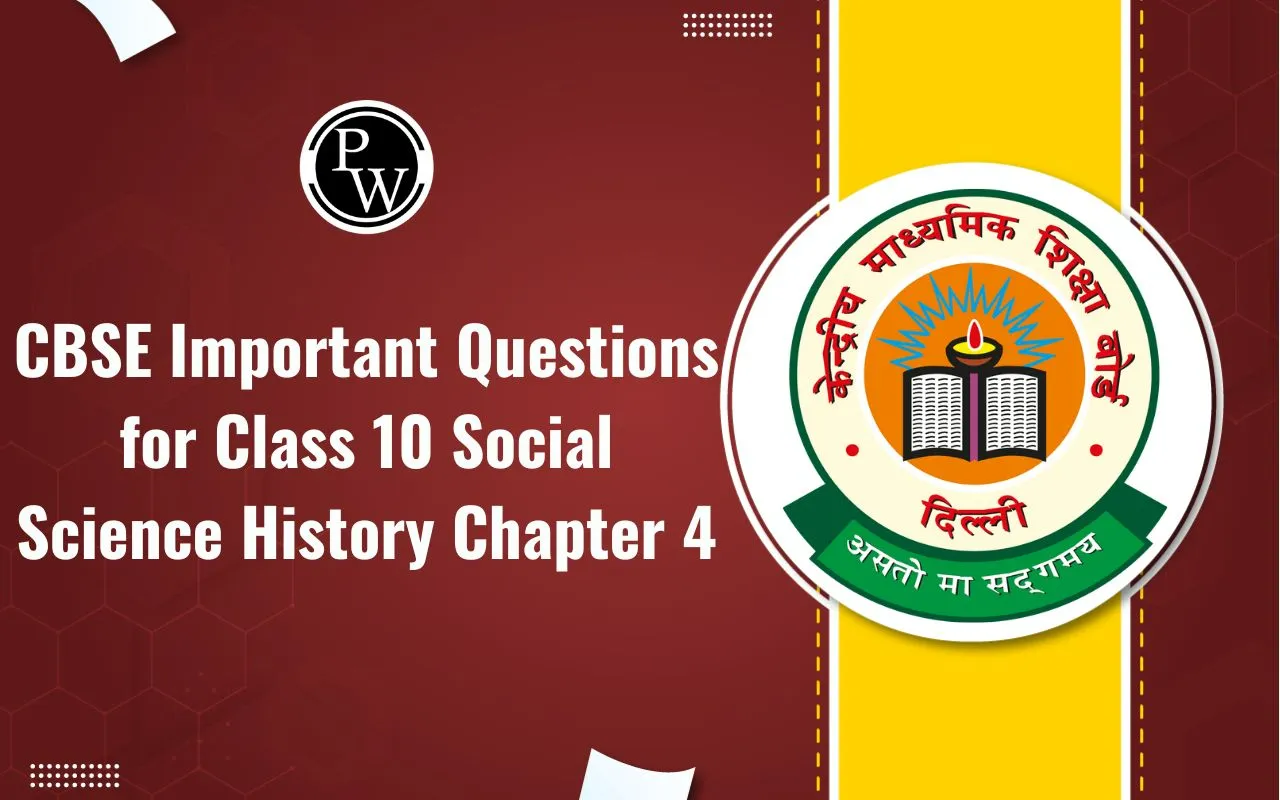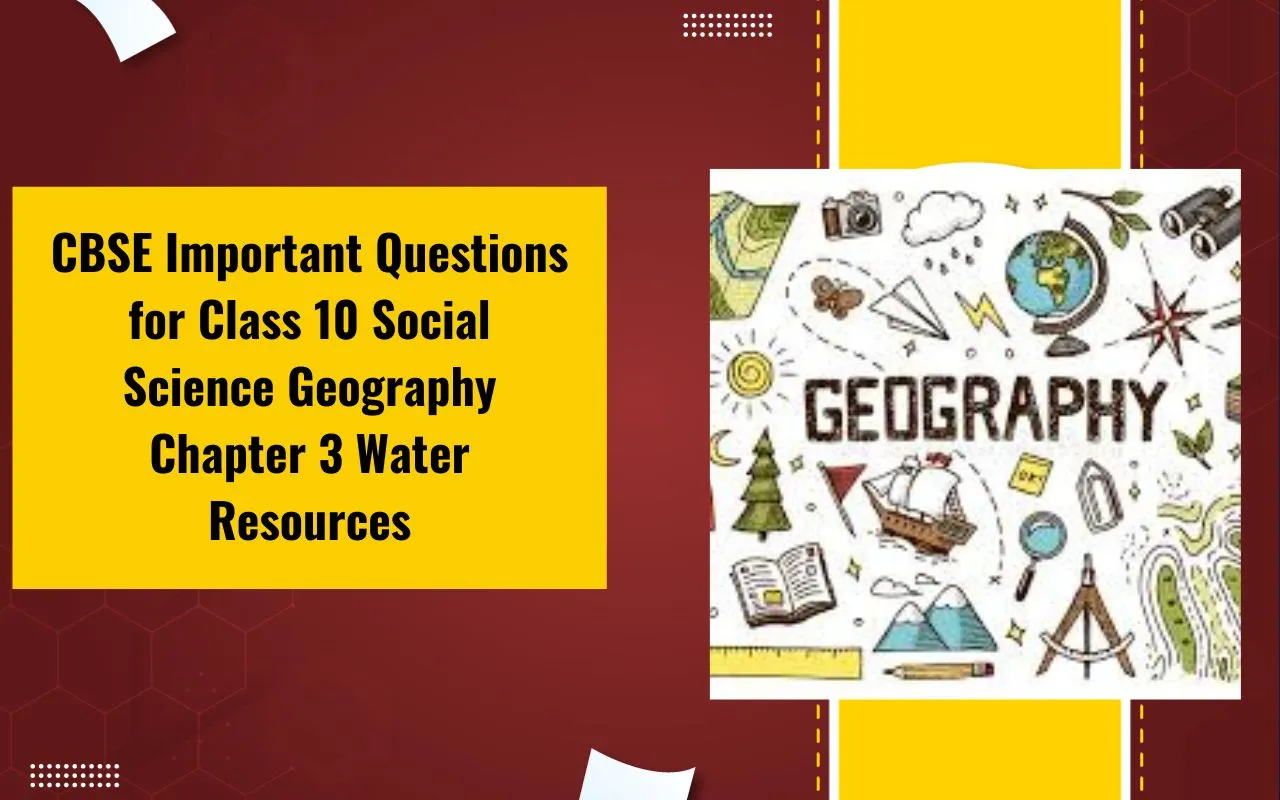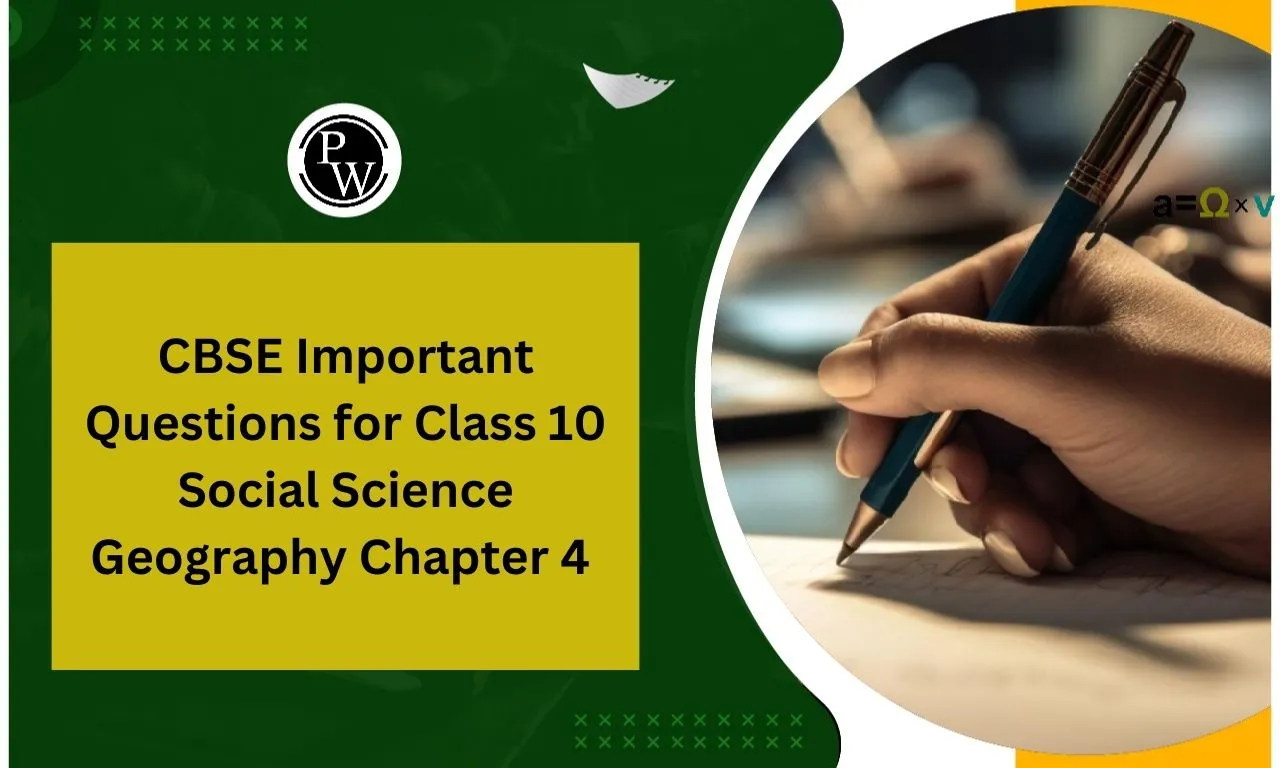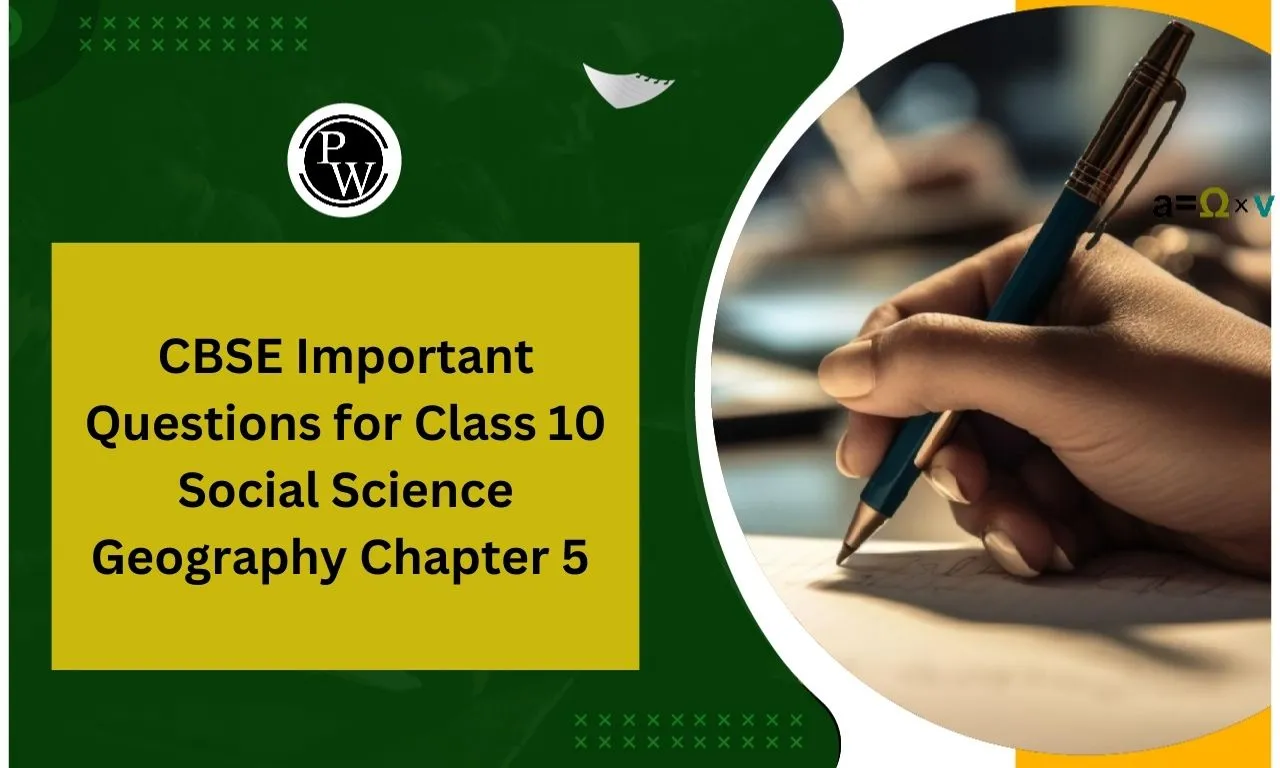
Important Questions for Class 10 Maths Chapter 1: Important Questions for Class 10 Maths Chapter 1 Real numbers are given here to help students prepare more effectively and perform well on the 2022–2023 CBSE Class 10 math exam. The additional real-number questions provided here are based on the NCERT textbook. It goes over the entire curriculum and will provide students with the confidence and problem-solving techniques they need to ace their examinations.
After reviewing the chapter's syllabus, students can practice answering these questions. They can get their queries answered by working through a variety of inquiries. Here are a few questions and their answers. Find all of the Maths Class 10 key questions here for each chapter. Students' confidence will soar after they successfully answer these crucial questions. Additionally, they will comprehend the degree of complexity of the anticipated questions about this chapter.Important Questions for Class 10 Maths Chapter 1 Overview
The Important Questions for Class 10 Maths Chapter 1 have been provided by Physics Wallah in a format that is easy for students to understand and study. These questions closely resemble those that students may encounter in the actual board exam paper. By practicing these questions, students can gain a better understanding of the chapter’s concepts and improve their problem-solving skills. Physics Wallah emphasis on providing questions in an accessible format ensures that students can effectively prepare for the Class 10 Maths exam and feel confident when facing similar questions in the actual paper.Important Questions for Class 10 Maths Chapter 1 Real Numbers
Below we have provided Important Questions for Class 10 Maths Chapter 1 to help students prepare better for their Class 10 maths exams. Students can prepare these Important Questions for Class 10 Maths Chapter 1 Real Numbers before their exams to understand the concepts better.Q.1: Use Euclid’s division lemma to show that the square of any positive integer is either of form 3m or 3m + 1 for some integer m.
Solution:
Let x be any positive integer and y = 3. By Euclid’s division algorithm; x =3q + r (for some integer q ≥ 0 and r = 0, 1, 2 as r ≥ 0 and r < 3) Therefore, x = 3q, 3q + 1 and 3q + 2 As per the given question, if we take the square on both the sides, we get; x 2 = (3q) 2 = 9q 2 = 3.3q 2 Let 3q 2 = m Therefore, x 2 = 3m ………………….(1) x 2 = (3q + 1) 2 = (3q) 2 + 1 2 + 2 × 3q × 1 = 9q 2 + 1 + 6q = 3(3q 2 + 2q) + 1 Substituting 3q 2 +2q = m we get, x 2 = 3m + 1 ……………………………. (2) x 2 = (3q + 2) 2 = (3q) 2 + 2 2 + 2 × 3q × 2 = 9q 2 + 4 + 12q = 3(3q 2 + 4q + 1) + 1 Again, substituting 3q 2 + 4q + 1 = m, we get, x 2 = 3m + 1…………………………… (3) Hence, from eq. 1, 2 and 3, we conclude that the square of any positive integer is either of form 3m or 3m + 1 for some integer m.Q.2: Express each number as a product of its prime factors:
(i) 140
(ii) 156
(iii) 3825
(iv) 5005
(v) 7429
Solution:
(i) 140 Using the division of a number by prime numbers method, we can get the product of prime factors of 140. Therefore, 140 = 2 × 2 × 5 × 7 × 1 = 2 2 × 5 × 7 (ii) 156 Using the division of a number by prime numbers method, we can get the product of prime factors of 156. Hence, 156 = 2 × 2 × 13 × 3 = 2 2 × 13 × 3 (iii) 3825 Using the division of a number by prime numbers method, we can get the product of prime factors of 3825. Hence, 3825 = 3 × 3 × 5 × 5 × 17 = 3 2 × 5 2 × 17 (iv) 5005 Using the division of a number by prime numbers method, we can get the product of prime factors of 5005. Hence, 5005 = 5 × 7 × 11 × 13 = 5 × 7 × 11 × 13 (v) 7429 Using the division of a number by prime numbers method, we can get the product of prime factors of 7429. Hence, 7429 = 17 × 19 × 23 = 17 × 19 × 23Q.3: Given that HCF (306, 657) = 9, find LCM (306, 657).
Solution:
As we know, HCF × LCM = Product of the two given numbers So, 9 × LCM = 306 × 657 LCM = (306 × 657)/9 = 22338 Therefore, LCM(306,657) = 22338Q.4: Prove that 3 + 2√5 is irrational.
Solution:
Let 3 + 2√5 be a rational number. Then the co-primes x and y of the given rational number where (y ≠ 0) is such that: 3 + 2√5 = x/y Rearranging, we get, 2√5 = (x/y) – 3 √5 = 1/2[(x/y) – 3] Since x and y are integers, thus, 1/2[(x/y) – 3] is a rational number. Therefore, √5 is also a rational number. But this confronts the fact that √5 is irrational. Thus, our assumption that 3 + 2√5 is a rational number is wrong. Hence, 3 + 2√5 is irrational.Q.5: Without actually performing the long division, state whether the following rational numbers will have a terminating decimal expansion or a non-terminating repeating decimal expansion:
(i) 13/3125 (ii) 17/8 (iii) 64/455 (iv) 15/1600
Solution:
Note: If the denominator has only factors of 2 and 5 or in the form of 2 m × 5 n then it has a terminating decimal expansion.
If the denominator has factors other than 2 and 5 then it has a non-terminating repeating decimal expansion. (i) 13/3125 Factoring the denominator, we get, 3125 = 5 × 5 × 5 × 5 × 5 = 5 5 Or = 2 0 × 5 5 Since the denominator is of the form 2 m × 5 n then, 13/3125 has a terminating decimal expansion. (ii) 17/8 Factoring the denominator, we get, 8 = 2× 2 × 2 = 2 3 Or = = 2 3 × 5 0 Since the denominator is of the form 2 m × 5 n then, 17/8 has a terminating decimal expansion. (iii) 64/455 Factoring the denominator, we get, 455 = 5 × 7 × 13 Since the denominator is not in the form of 2 m × 5 n , therefore 64/455 has a non-terminating repeating decimal expansion. (iv) 15/1600 Factoring the denominator, we get, 1600 = 2 6 × 5 2 Since the denominator is in the form of 2 m × 5 n , 15/1600 has a terminating decimal expansion.Q.6: The following real numbers have decimal expansions as given below. In each case, decide whether they are rational or not. If they are rational, and of the form, p/q what can you say about the prime factors of q?
(i) 43.123456789
(ii) 0.120120012000120000. . .
Solution:
(i) 43.123456789 Since it has a terminating decimal expansion, it is a rational number in the form of p/q and q has factors of 2 and 5 only. (ii) 0.120120012000120000. . . Since it has a non-terminating and non-repeating decimal expansion, it is an irrational number.Q.7: Check whether 6 n can end with the digit 0 for any natural number n.
Solution:
If the number 6n ends with the digit zero (0), then it should be divisible by 5, as we know any number with a unit place as 0 or 5 is divisible by 5. Prime factorization of 6 n = (2 × 3) n Therefore, the prime factorization of 6 n doesn’t contain the prime number 5. Hence, it is clear that for any natural number n, 6 n is not divisible by 5 and thus it proves that 6 n cannot end with the digit 0 for any natural number n. Q.8: What is the HCF of the smallest prime number and the smallest composite number? Solution: The smallest prime number = 2 The smallest composite number = 4 Prime factorisation of 2 = 2 Prime factorisation of 4 = 2 × 2 HCF(2, 4) = 2 Therefore, the HCF of the smallest prime number and the smallest composite number is 2. Q.9: Using Euclid’s Algorithm, find the HCF of 2048 and 960. Solution: 2048 > 960 Using Euclid’s division algorithm, 2048 = 960 × 2 + 128 960 = 128 × 7 + 64 128 = 64 × 2 + 0 Therefore, the HCF of 2048 and 960 is 64. Q.10: Find HCF and LCM of 404 and 96 and verify that HCF × LCM = Product of the two given numbers. Solution: Prime factorisation of 404 = 2 × 2 × 101 Prime factorisation of 96 = 2 × 2 × 2 × 2 × 2 × 3 = 2 5 × 3 HCF = 2 × 2 = 4 LCM = 2 5 × 3 × 101 = 9696 HCF × LCM = 4 × 9696 = 38784 Product of the given two numbers = 404 × 96 = 38784 Hence, verified that LCM × HCF = Product of the given two numbers.Benefits of Solving Important Questions for Class 10 Maths Chapter 1
Exam Preparation - Students will have a good understanding of the kinds of questions that could be on the board exams, which are made to match the CBSE test pattern. Students can improve their performance and become more used to the exam format by studying these questions.
Enhanced Problem-Solving Skills - Logical thinking and spatial reasoning, and practicing these questions helps students develop these skills. These questions will also helps students to increase their speed.
Enhanced Confidence: Students' self-assurance in their capacity to handle these type of questions correctly in the examination. It takes confidence like this to do well in the Class 10 Maths exam.
Improved Time Management: Students' time management abilities are enhanced by answering these questions. They get the ability to effectively manage their time between various building issue kinds, which helps them finish the exam in the allowed amount of time.
Important Questions For Class 10 Maths Chapter 1 FAQs
What is the most important chapter in class 10th maths?
How to score 95 in basic maths class 10?
Which type of questions come in basic maths class 10?


